Best Native Fruit Trees To Support Wildlife
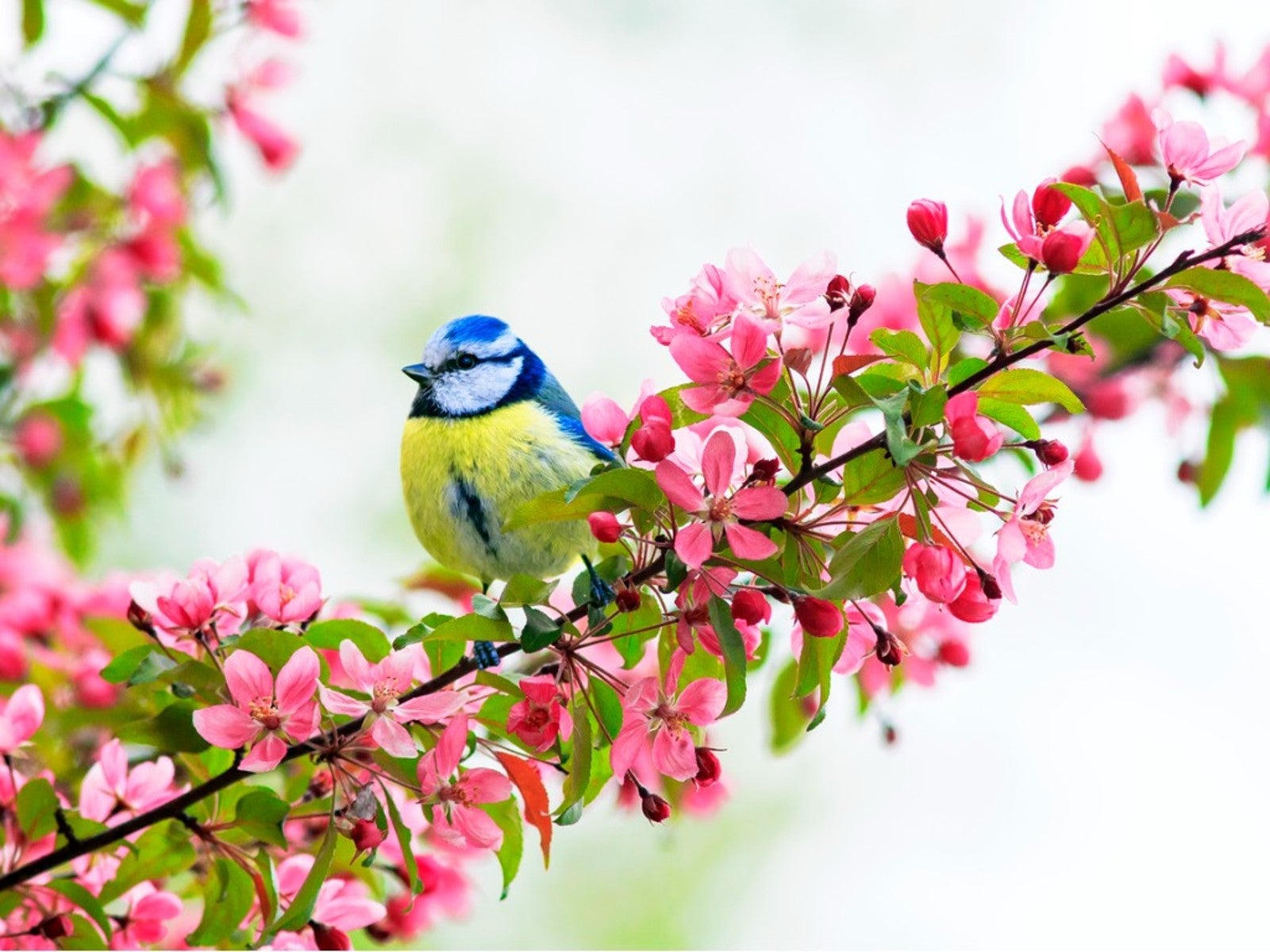

Planting fruit or nut-bearing species in the garden can offer food and protective cover for birds and other wildlife for years to come. Picking native trees means that, after the trees and shrubs are established, they require little assistance.
The type of tree or shrub species you select will impact how effective the plants are at aiding wildlife. Read on for some top choices of native trees for birds and other wild creatures.
Native Trees for Wildlife
Planting windbreaks or individual trees for wildlife is a wonderful way to help local fauna and attract birds and other wild animals to your yard. But when it comes to trees, one size doesn’t fit all. Each wildlife species has particular habitat needs, and you can pick and choose the types of animals you nurture by planting trees and shrubs to benefit them.
For example, if you wish to attract game birds, consider putting in plum trees as a windbreak. If you wish to attract large mammals like deer or elk, install the food source plant near a mature stand of trees to offer them the privacy they seek.
Native Fruit Trees for Birds
Many gardeners are hoping to attract wild birds to their backyard, both to aid the species and also to enjoy the feathery show. Birds love fruit and most fruit trees will work well for this, but pick native shrubs and fruit trees. It is always the best bet.
One of our very favorite trees for attracting birds is the flowering dogwood (Cornus florida), an ornamental with gorgeous flowers in spring and brilliant red berries in autumn. This North American native attracts many bird species, from robins and thrushes to tanagers and grosbeaks, who love the berries and sometimes nest in the branches.
It’s a good idea to install some species that offer overwintering fruit. We suggest crabapples (Malus spp), medium-sized trees lighting up the orchard in spring with bright flowers and fruiting in fall. The small apples please catbirds, cardinals, and finches, among other species, and all appreciate the winter-persistent fruits.
Gardening tips, videos, info and more delivered right to your inbox!
Sign up for the Gardening Know How newsletter today and receive a free copy of our e-book "How to Grow Delicious Tomatoes".
Fruit Trees for Bees
Fruit trees are also good choices for bees and other pollinators. While some birds may consume the flower buds, most wait for the fruit to appear. Bees and pollinators are looking for flower nectar. That means that the same tree can work well for both bees and birds.
For example, by planting a black cherry tree (Prunus serontina), you would provide an excellent source of pollen for early season bee species. But when the cherries mature, they are food for over 40 species of wild birds.
Another excellent choice for bees is juneberry (Amelanchier spp.), also called serviceberry, a native shrub offering profuse fruiting in June. It’s an important summer food for songbirds, grows well in sun or part shade, and attracts many bee species in early spring.

Teo Spengler is a master gardener and a docent at the San Francisco Botanical Garden, where she hosts public tours. She has studied horticulture and written about nature, trees, plants, and gardening for more than two decades. Her extended family includes some 30 houseplants and hundreds of outdoor plants, including 250 trees, which are her main passion. Spengler currently splits her life between San Francisco and the French Basque Country, though she was raised in Alaska, giving her experience of gardening in a range of climates.
-
 Get Ready For A Summer Of Hummers! Grow These Full Sun Hummingbird Plants and Flowers
Get Ready For A Summer Of Hummers! Grow These Full Sun Hummingbird Plants and FlowersIf you’re lucky enough to enjoy a sunny backyard, make sure you are maxing out on your pollinator opportunities and grow these full sun hummingbird plants and flowers
By Tonya Barnett
-
 12 Lush Alternatives To A Lawn For Sustainable Spaces
12 Lush Alternatives To A Lawn For Sustainable SpacesAlternatives to a lawn are beautiful and also beneficial to your local ecosystem and its pollinators. Explore our top picks for plants to replace grass.
By Tonya Barnett
-
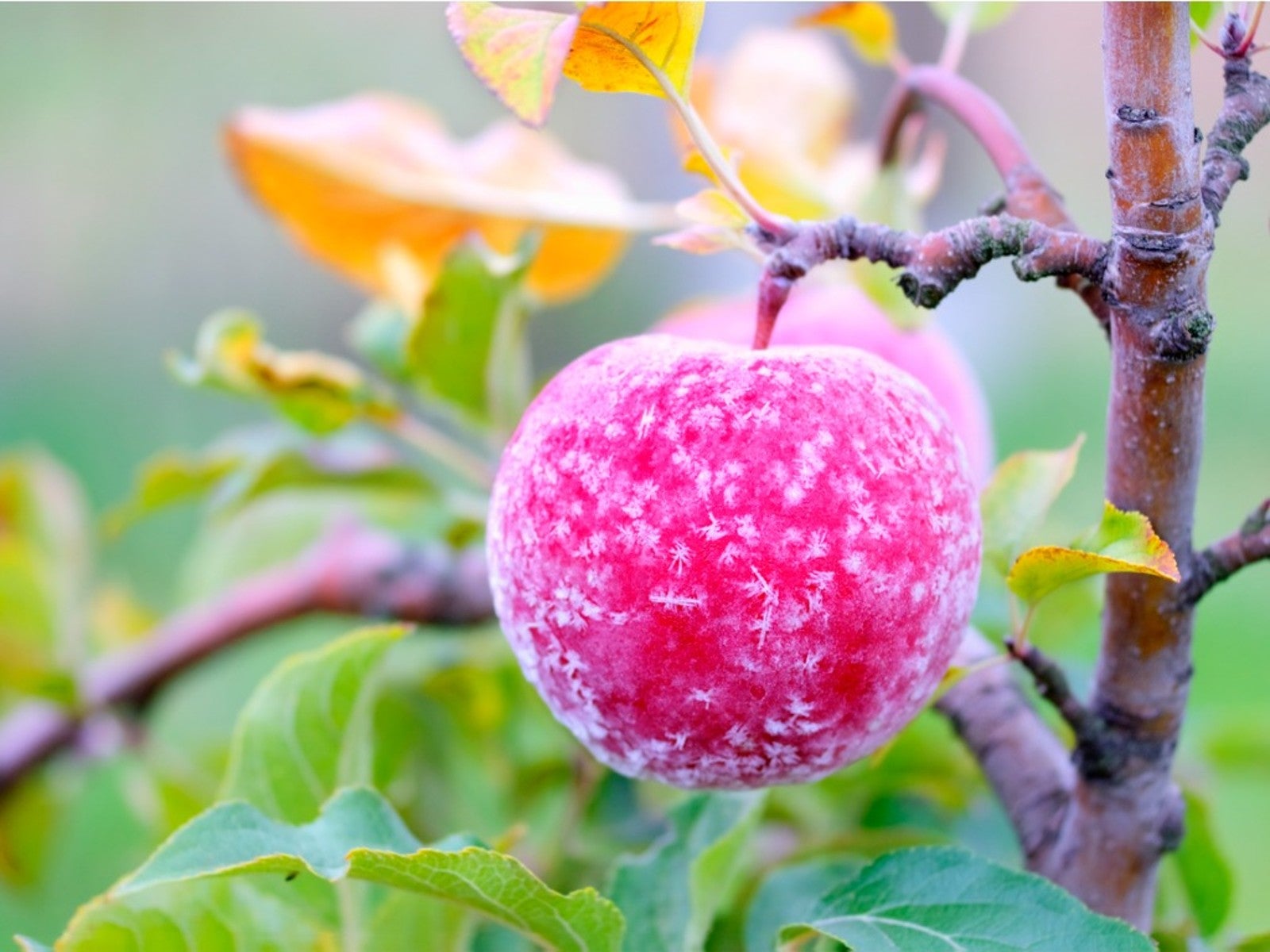 How To Protect Fruit Trees From Frost And Freeze
How To Protect Fruit Trees From Frost And FreezeChoosing fruit trees appropriate for your growing zone is best, but you still may need to protect them from extreme cold. Read how.
By Bonnie L. Grant
-
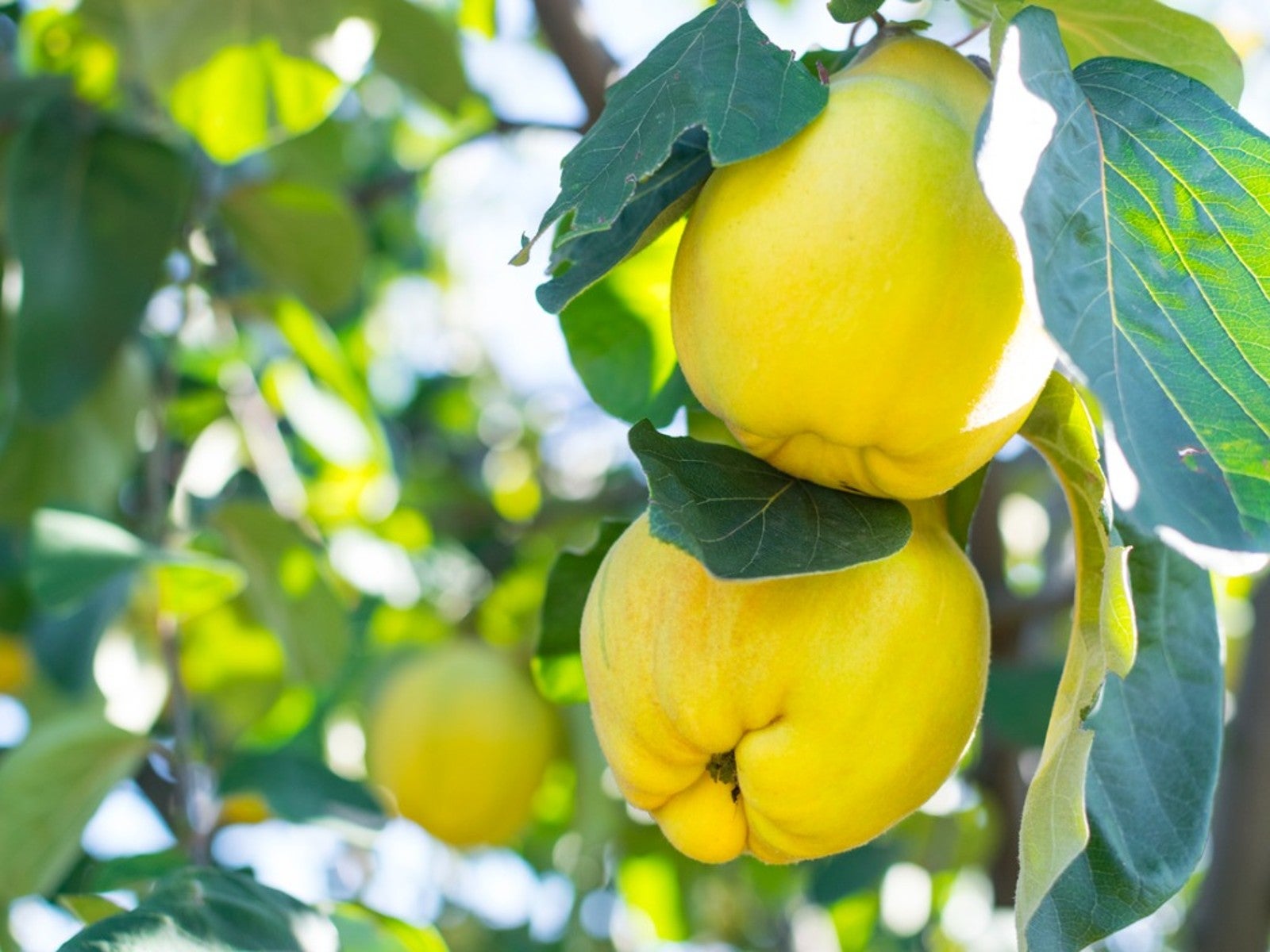 Best Plants For Late Summer and Fall Fruit Harvest
Best Plants For Late Summer and Fall Fruit HarvestEven if you don’t have the optimal conditions for more common fruit trees, there are other end of summer fruits to enjoy.
By Teo Spengler
-
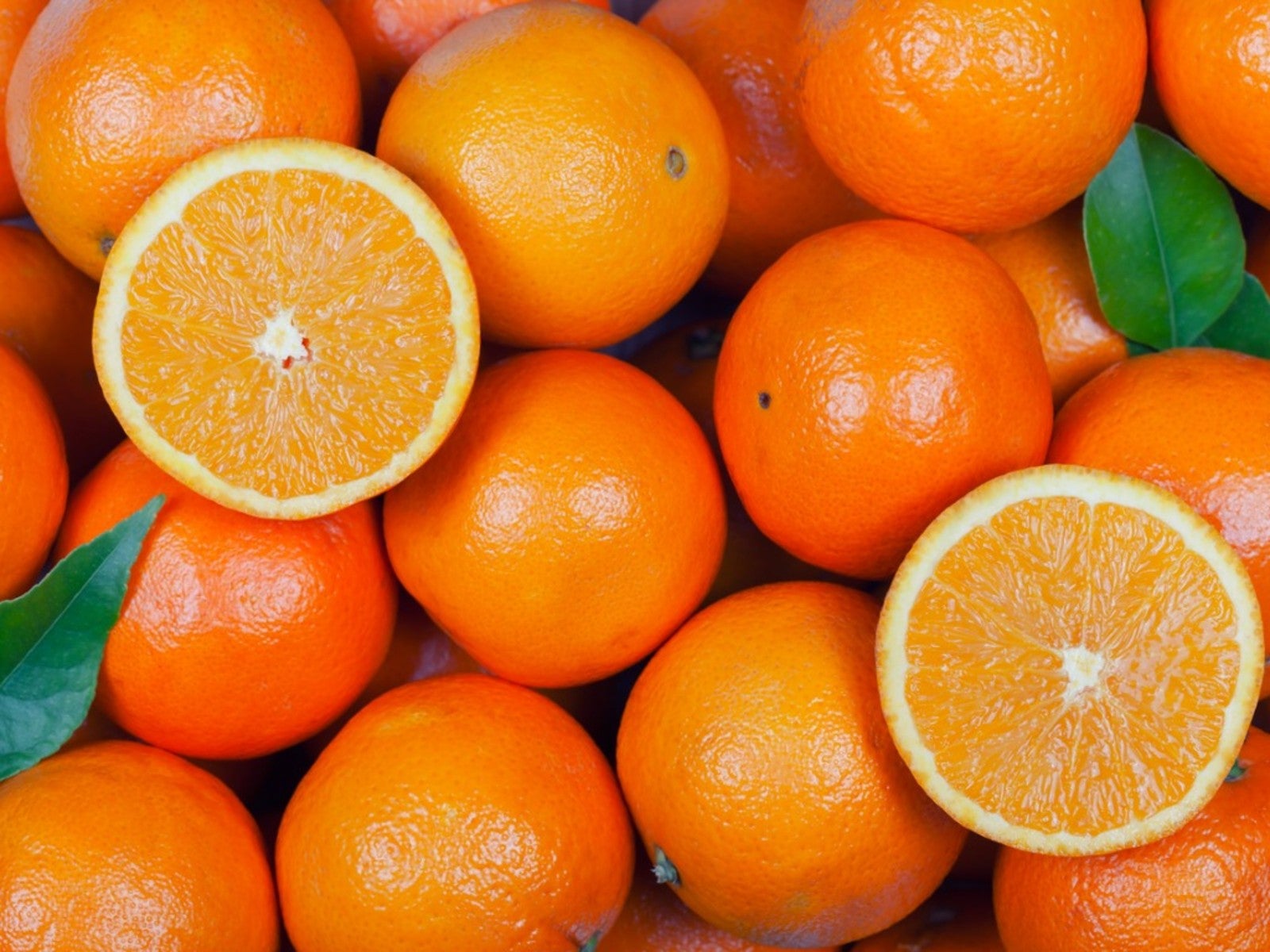 Orange Fruit Varieties: Growing Fruits That Are Orange
Orange Fruit Varieties: Growing Fruits That Are OrangeOrange colored fruit isn’t limited to the citrus orange. There are plenty of other orange colored fruit varieties, each packing a healthful punch. Read on for more.
By Amy Grant
-
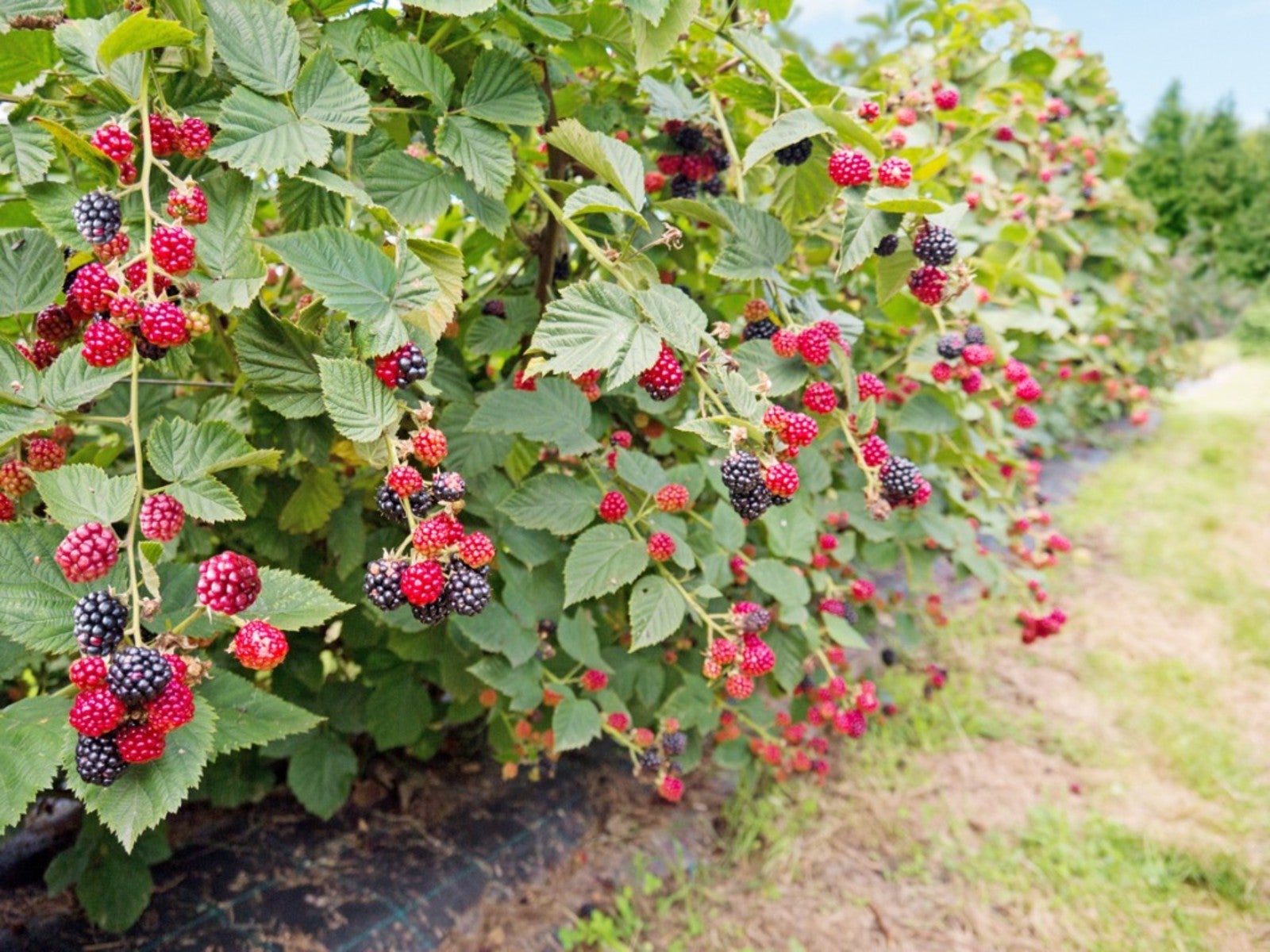 Everbearing Plants: Learn About Everbearing Varieties Of Fruit
Everbearing Plants: Learn About Everbearing Varieties Of FruitWhat does everbearing mean? And more importantly, how do everbearing varieties differ from non-everbearing types? Read on for more.
By Laura Miller
-
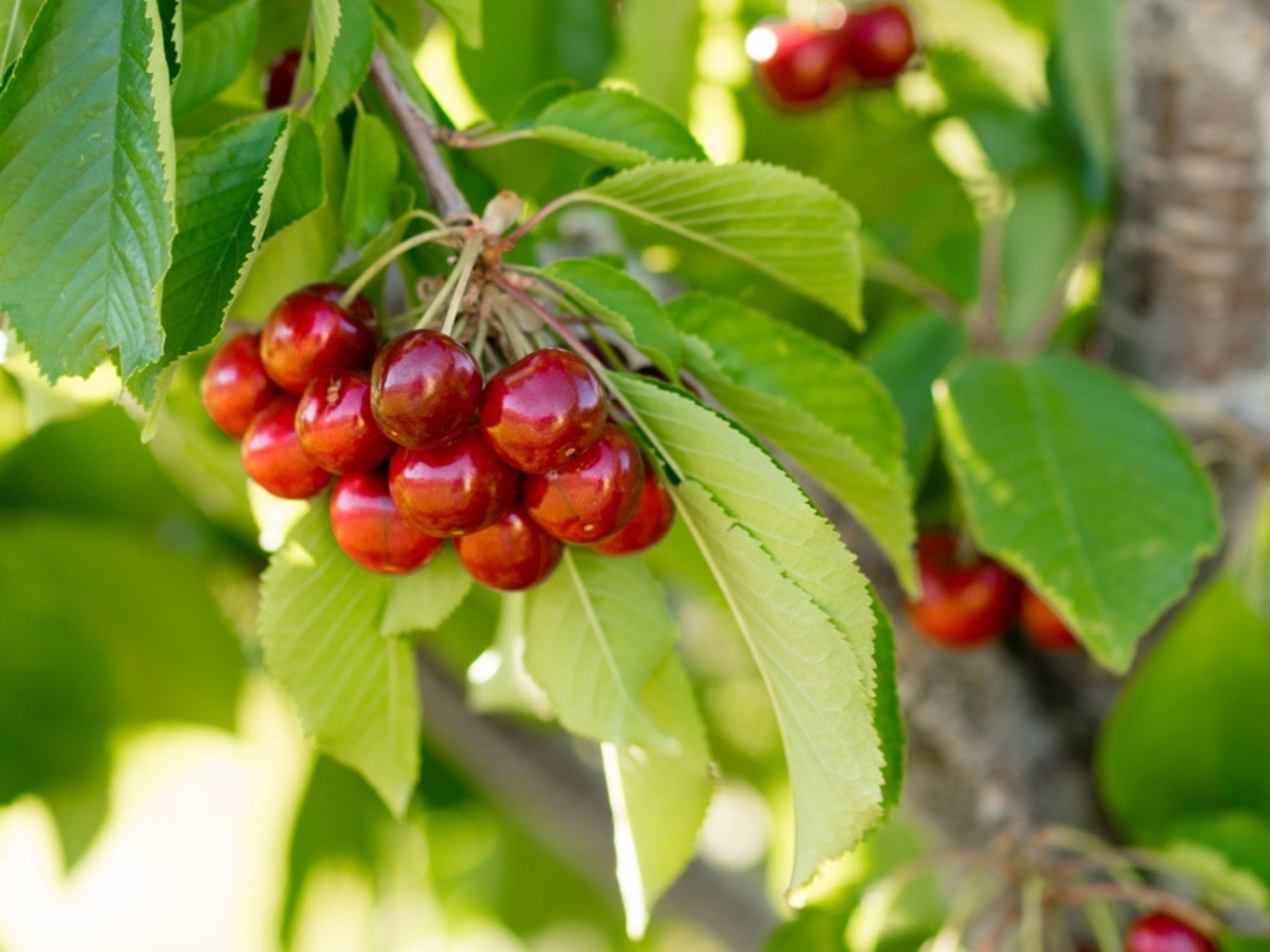 Plant A Red Fruit Garden: Growing Fruits With Red Flesh
Plant A Red Fruit Garden: Growing Fruits With Red FleshPlanting a red fruit garden may seem a bit whimsical. That is, until you realize the health benefits of consuming fruits with red flesh.
By Laura Miller
-
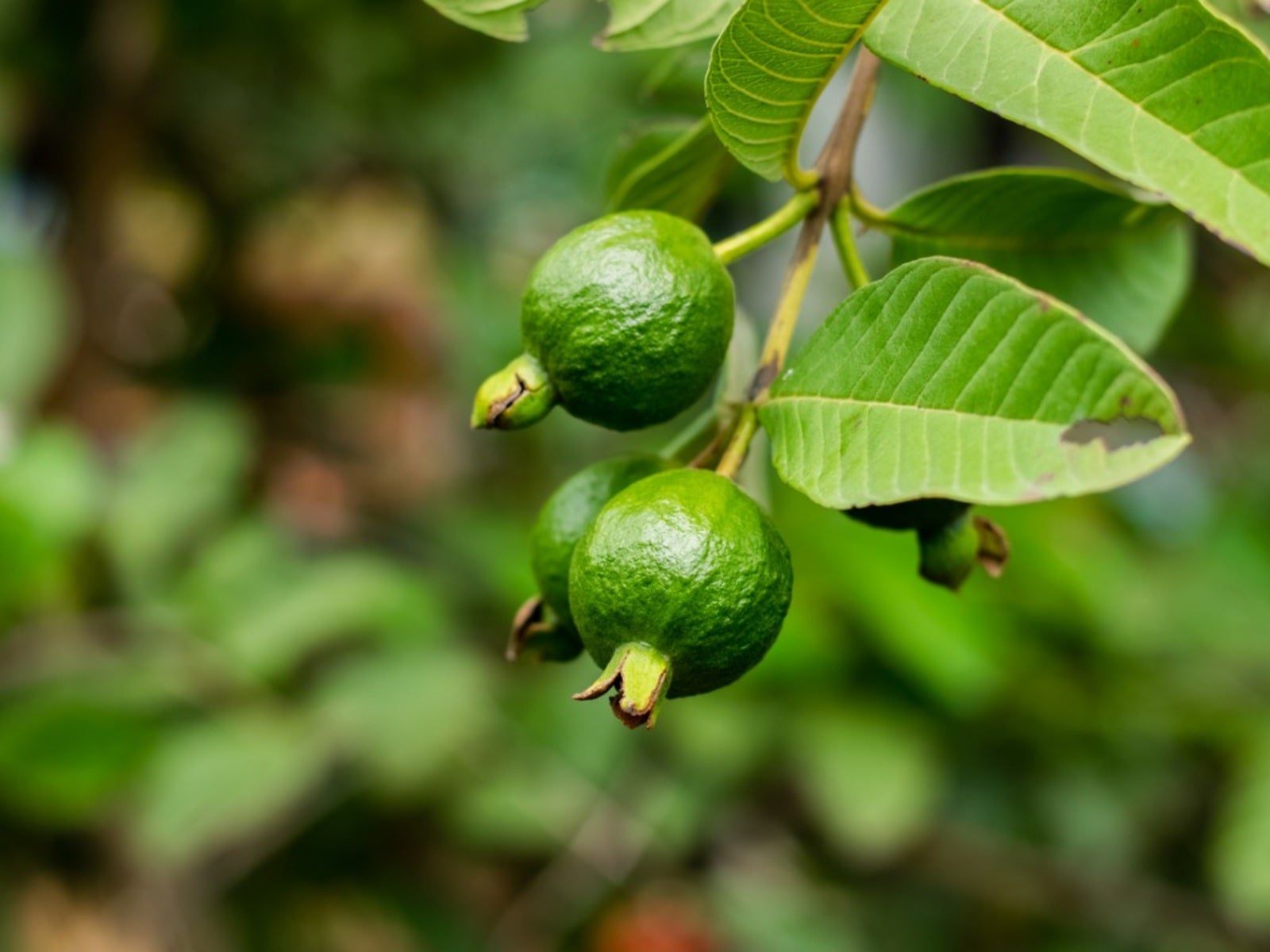 Heat Tolerant Fruits - Growing Fruit In Hot Weather
Heat Tolerant Fruits - Growing Fruit In Hot WeatherSome fruit grows in extreme heat naturally. But there are also specially cultivated, heat-tolerant varieties. For more information on heat tolerant fruits, read on.
By Teo Spengler
-
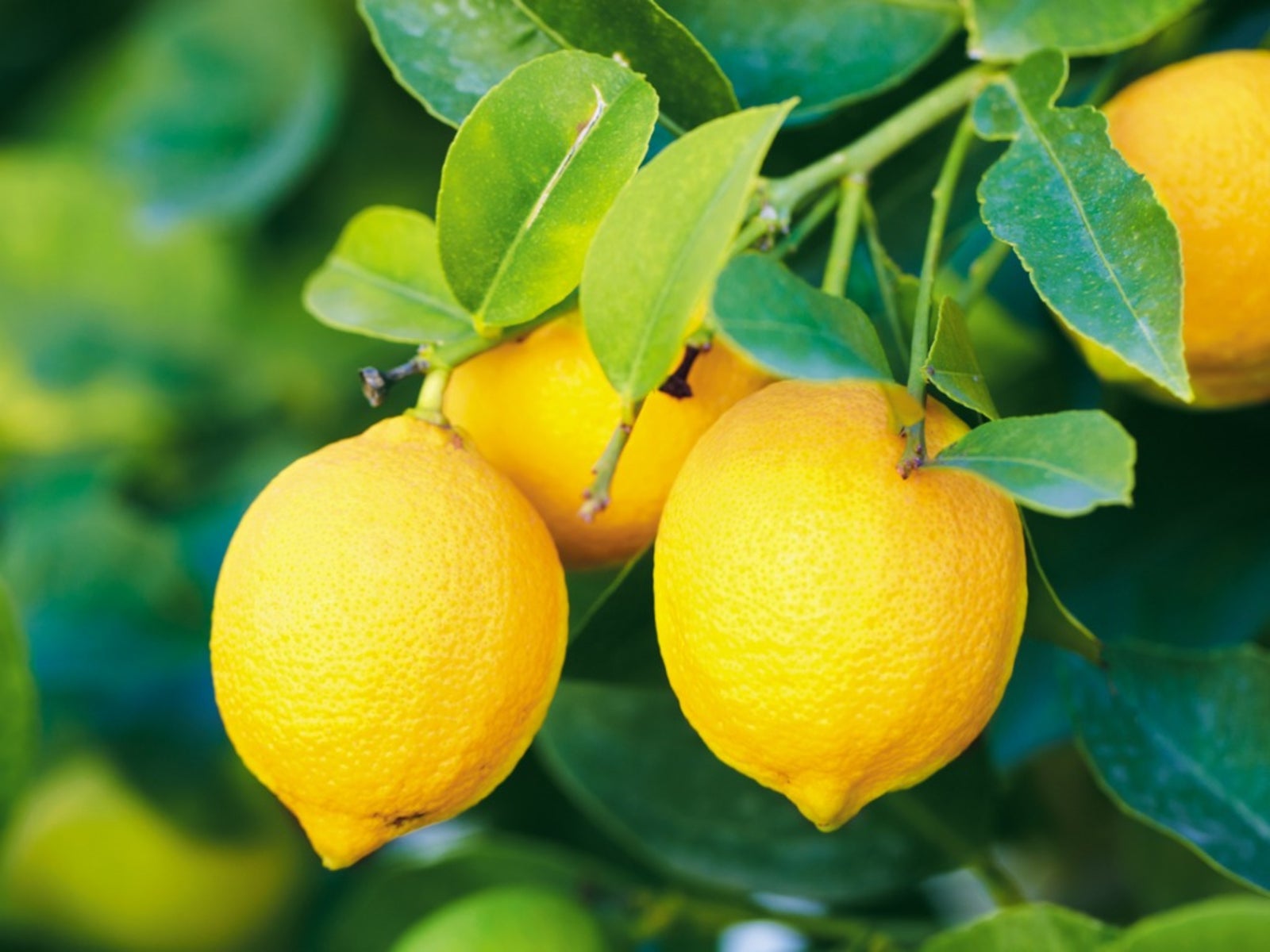 Yellow Fruit Varieties - Growing Fruit That Is Yellow
Yellow Fruit Varieties - Growing Fruit That Is YellowWhat fruit is yellow? There's more than the bananas at the supermarket. Try growing yellow fruit for a consistent supply of sunny food.
By Bonnie L. Grant
-
 Post Harvest Cooling Guide – How To Cool Fruit Picked From The Garden
Post Harvest Cooling Guide – How To Cool Fruit Picked From The GardenPost-harvest cooling of fruit is used both commercially and by home gardeners. Cooling fruit is important for harvest quality. Click here to learn more.
By Tonya Barnett